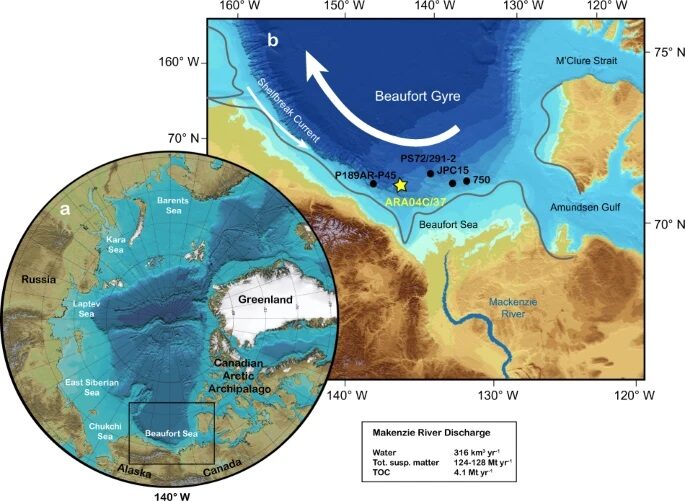OF THE
TIMES
A nation that continues year after year to spend more money on military defense than on programs of social uplift is approaching spiritual doom.
Almost all the private wealth of the UK is held by the Grannies and Grandads ,representing the lifetime savings to keep them secure and to pass on...
Considering the level of rationality displayed on Western / EU side lately, I think they will do it anyway. Which only hastens their demise.
(Communications/Transportation Mercury Retrograde in Aries changed to forward motion conjunct the Nodes of Destiny simultaneously with our Scorpio...
Harari said, he and the likeminded cabal of shadowy world masters will "build an Ark and leave the rest to drown." Moonraker [Link]
With each such step we come closer to the fulfillment of Irlmaier's prophecy.
To submit an article for publication, see our Submission Guidelines
Reader comments do not necessarily reflect the views of the volunteers, editors, and directors of SOTT.net or the Quantum Future Group.
Some icons on this site were created by: Afterglow, Aha-Soft, AntialiasFactory, artdesigner.lv, Artura, DailyOverview, Everaldo, GraphicsFuel, IconFactory, Iconka, IconShock, Icons-Land, i-love-icons, KDE-look.org, Klukeart, mugenb16, Map Icons Collection, PetshopBoxStudio, VisualPharm, wbeiruti, WebIconset
Powered by PikaJS 🐁 and In·Site
Original content © 2002-2024 by Sott.net/Signs of the Times. See: FAIR USE NOTICE

Reader Comments
R.C.
There is so much more we need to know about the earth, but where to find science without an agenda. Thanks for this.
I have taught a couple friends to speak in Spoonerisms, and it's impossible for anyone who overhears such a chat to follow it unless they've practiced with someone. So, for a listener, it sounds like some strange otherworld language and people don't even bother to try to understand it.
But, also, in public? You CANNOT 'hear in advance' where your words are going and the next thing you know, you'll be "Bocking Atout (Talking About) a guy who rigs ropes on the graveyard shift and you'll Spoonerize (invert the intro syllables for) a "night rigger." and you can never see such coming in advance.
RC
However, let us review:
"Pig Latin" = (ig-pay atin-lay)
SOTT Rules! = (Ott Say Ules Ray.)
NOW, in Spoonerista:
SOTT Rule + ROTT Sules!
I would request that you try phoneticizing those (or others) examples, and you'll agree that is,. while not 'uncrackable' is a worthwhile system. (See Spooner.)
RC